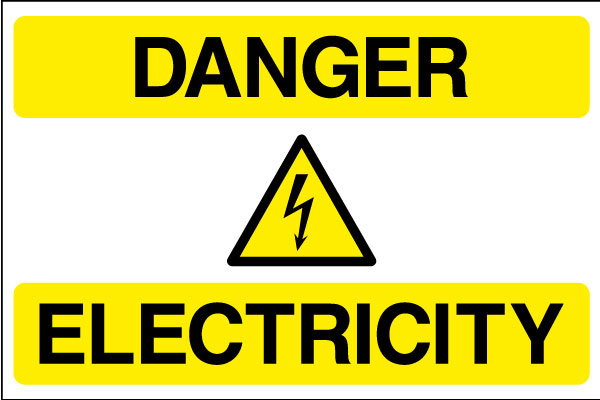If one considers some of the most dangerous careers in the world, chances are electricity won’t be the first thing that comes to mind as there are many other crazy careers out there that involve a great deal of danger. However, electricity can be more dangerous than we think and while we won’t touch wires, cable or most obviously, an electric fence, we are still uneducated about the implications involved when it comes to getting hurt by electricity.

Electricity Gone Wrong
Having a job or even just being uneducated about electricity and attempting to manage it on your own, could put you at risk to a grave amount of danger.
It’s simple. Electricity is dangerous.
While professionals might make it look easy more often than not, it is still not something that can be taken lightly. Electricians and engineers thus put their lives at risk working with exposed electricity each day and are at a high risk of being inflicted with serious damage to their health and wellbeing. Nevertheless, electrical professionals are trained to do what they do.
The job scope of an electrical professional includes electrical installations, working on overhead lines, as well as circuit assemblies. Construction workers, farmers and office workers are also known to work with electricity but are exposed to it in a more safe and indirect manner.
How Electricity Can Affect Your Body
Whenever electricity goes wrong and affects your body, electrical currents flow through your body at a fast pace. This could be extremely dangerous if inflicted at a high voltage or not treated immediately by a healthcare professional.
The current of electricity is measured in amps, which is what flows through your body when the voltage of a single volt gets applied across it. This can overall have an advanced effect on the body.
- As little as 1 mA causes a mere tingling sensation in the body.
- 5 mA is still considered to be a harmless current, with minimum effect of a tingling sensation.
- 10 to 20 mA is the starting stages of sustained muscular contractions, which won’t allow you to let go of the source that causes you to shock.
- 100 to 300 mA will cause a ventricular fibrillation and can be fatal if it is continued throughout your body. At this rate, your respiratory system is still able to function.
- 6 A causes severe damage, which includes sustained ventricular contraction, which follows with a process of defibrillation, which is a normal heart rhythm. This amount of voltage through the body can also cause a case of temporary paralysis and body burns. Such high levels of voltage could easily stop your heart and affect your brain in a negative way.
These different levels of voltage can cause severe damage throughout the body and are often experienced as the body getting shocked. One should avoid the risk of getting shocked at all times and should contact a healthcare professional when coming directly into contact with electricity.

